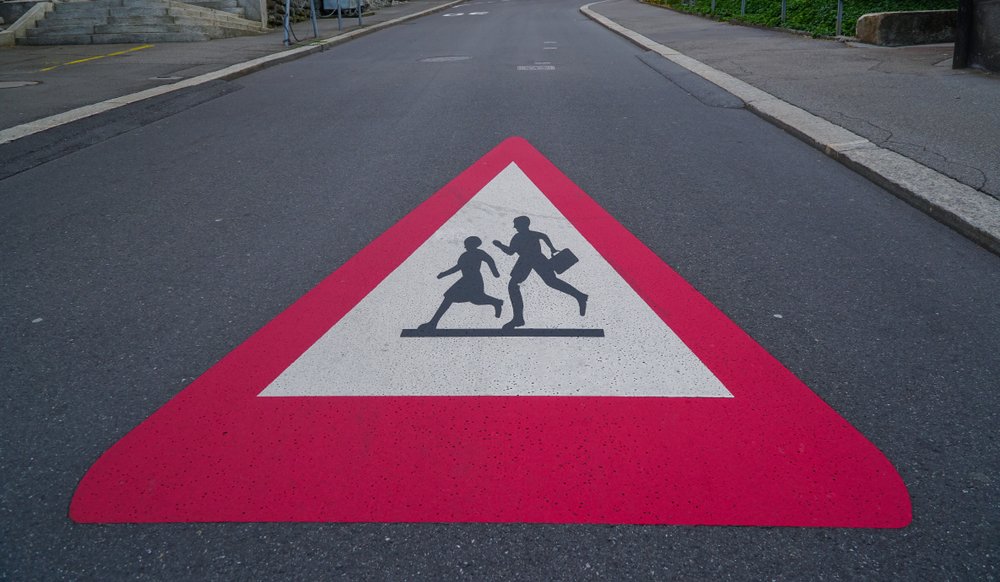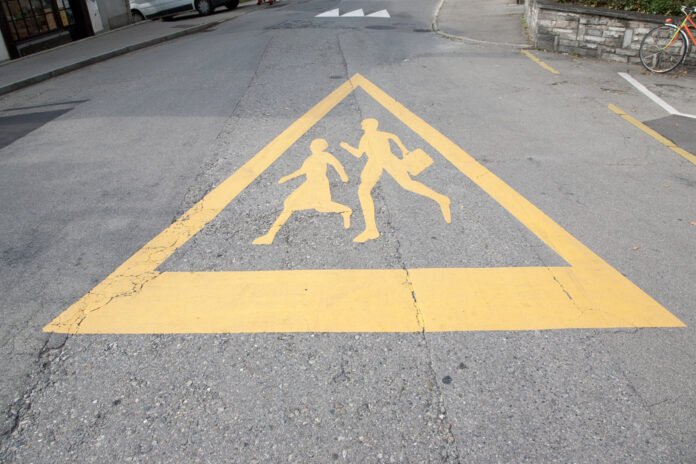Have you ever stopped to consider the importance of lines in your daily life? They are everywhere, guiding, directing, controlling, and organizing our movements. Now, imagine these crucial elements in an educational setting – a school, to be precise. Do lines, specifically school line markings, hold any significance beyond just aiding movement? Moreover, why do we need exact paths in a space meant for free thought and exploration? Let’s dive into questions like these and unravel the crucial role school line markings play in our children’s safety and development.
It may seem like a trivial subject initially, but a closer look reveals the importance of a well-planned, carefully marked school layout. From keeping students safe to aiding in efficient functioning, these seemingly insignificant lines carry immense weight. This blog post aims to shine the spotlight on this often overlooked aspect of education infrastructure, and by extension, our children’s safety.
Table of Contents
Deciphering the Importance of School Line Markings
A school is a place teeming with energy, bustling with activity, where chaos can ensue without clear guidelines. This is where line markings come into play, acting as silent, reliable custodians of control.
At first glance, line markings may seem like simple ‘lines,’ but they serve as indispensable guides for the students. They provide a mapping of sorts, delineating play areas from educational zones and ensuring the safety of the students.
School line markings also support the development of motor skills. They create safe zones where children can learn and play, fostering critical areas like balance, coordination, and spatial awareness.

The ‘What’ and ‘Where’ of School Line Markings
What and where of school line markings settings are as important as the very existence of these lines. Right from developing specifically designed circuits for aspiring athletes, and creating imaginative games to stimulate young minds, to marking out quiet zones for more introverted children, the placement of lines plays a critical role.
Different areas in a school premise need varying line markings. Classrooms, corridors, playgrounds, canteens, libraries – the type of school line marking changes with functionality.
A well-designed marking promotes smooth traffic flow and reduces accidents by signifying intersections, merging lanes, and pedestrian walkaways. Equally important are evacuation routes in case of an emergency, directing the way to nearest exits.
Materials and Durability: A Key Consideration
Given the traffic and wear these lines undergo, the materials used and durability of these lines is a paramount consideration.
Line markings need to be both physically durable and aesthetically pleasing. This is a marriage of engineering and art, of functionality meeting creativity. While the markings need to withstand harsh weather and constant wear, they should also be visually appealing to engage students.
Safe materials should be used to create markings to ensure there are no health risks involved. Durability is equally crucial. Frequent reapplication can be disruptive and costly, underpinning the need for long-lasting, quality line markings.
The Pros and Cons of Line Markings
Line markings aren’t without their critics. But the benefits overwhelmingly surpass the criticized restrictiveness.
Proponents of line markings argue they provide guidance, control foot traffic, foster creativity, encouraging a sense of belonging and order. They see line markings as facilitators of efficient management and safety.
Critics argue that these lines limit free movement and inhibit spontaneous interaction among students. They point to the possibility of these seemingly innocuous lines stifling creativity and exploratory learning.
The Evolution of Line Markings
Line markings have evolved over time, embracing modern values of inclusivity, creativity, and adaptability.
They no longer play just the role of silent custodians of safety but also serve as sparks to ignite creative learning. This shift from mere functional to multifaceted learning tools has seen the emergence of colorful, creative markings.
Line markings have indeed come a long way in their journey, becoming a quintessential part of smooth school operations and student safety today.
Conclusion
The line markings in our schools play an unassuming yet significant role in maintaining an orderly and safe environment for our students. Their presence, while understated, is of utmost importance in managing foot traffic, improving the usability of school areas, fostering creativity, and above all, ensuring the safety of our precious little humans inside the school premises.
So, next time you walk the hallways of a school, take a moment to appreciate these silent custodians – the line markings, for their unsolicited but persistent work in harmonizing the chaos for generations of students. The paint may fade over time, but the legacy of their crucial role in student safety and development continues to make an indelible mark!








